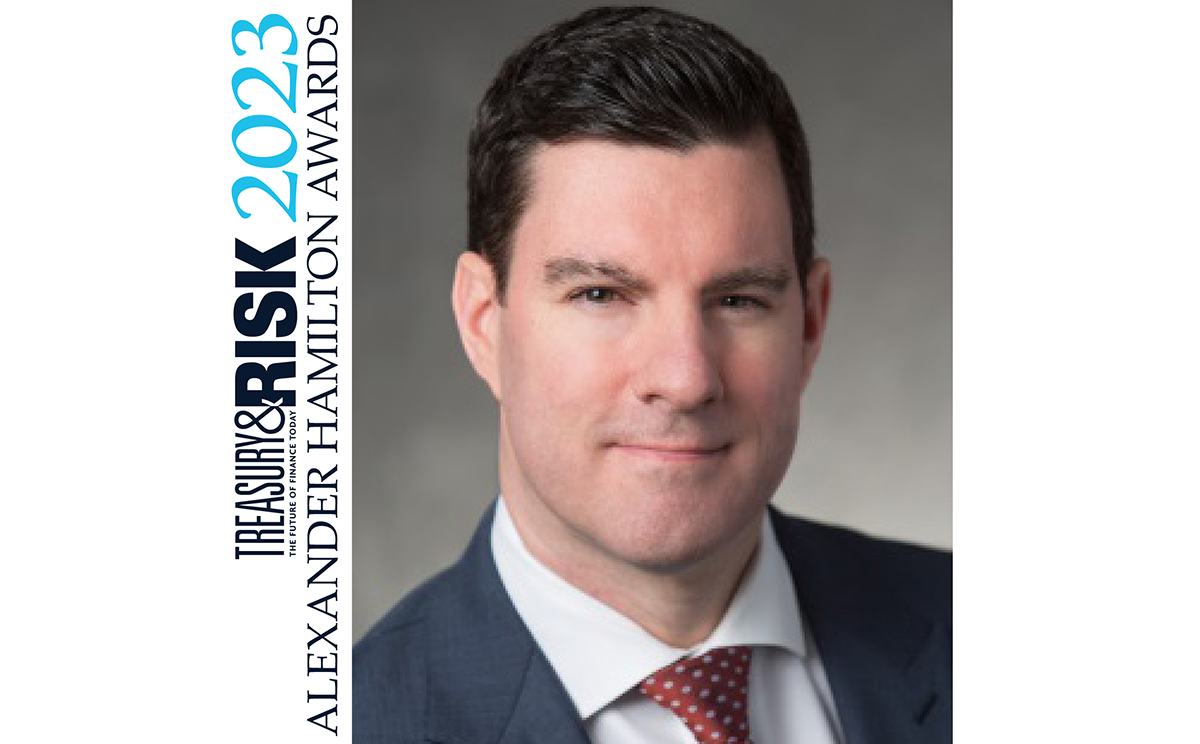 As we reported last month, a recent PwC survey found that even as companies stockpile cash, few treasurers are shifting portions of their portfolio into riskier investments to increase the yield they're earning.
As we reported last month, a recent PwC survey found that even as companies stockpile cash, few treasurers are shifting portions of their portfolio into riskier investments to increase the yield they're earning.
Three-quarters of the survey's respondents said their company's cash as a percentage of total assets either increased or remained the same over the past year, whereas fewer than one-quarter (22 percent) said that ratio has decreased. As they decide where to park this cash, survey respondents' primary goals are preserving principal and maintaining liquidity. Maximizing returns placed a far-distant third.
One reason PwC conducted the survey in the first place is that many clients were expressing interest in shifting investment strategies in order to increase returns on their excess cash, but the survey found that few are actually making this move. Another key finding was that most companies lack the processes and systems they would need to effectively manage the risks and performance of their portfolio if they did begin to pursue higher yield on some portion of their cash. Treasury & Risk sat down with PwC principal Peter Frank to identify the gaps and discuss what companies can do about them.
Complete your profile to continue reading and get FREE access to Treasury & Risk, part of your ALM digital membership.
Your access to unlimited Treasury & Risk content isn’t changing.
Once you are an ALM digital member, you’ll receive:
- Thought leadership on regulatory changes, economic trends, corporate success stories, and tactical solutions for treasurers, CFOs, risk managers, controllers, and other finance professionals
- Informative weekly newsletter featuring news, analysis, real-world case studies, and other critical content
- Educational webcasts, white papers, and ebooks from industry thought leaders
- Critical coverage of the employee benefits and financial advisory markets on our other ALM sites, PropertyCasualty360 and ThinkAdvisor
Already have an account? Sign In Now
*May exclude premium content© 2025 ALM Global, LLC, All Rights Reserved. Request academic re-use from www.copyright.com. All other uses, submit a request to [email protected]. For more information visit Asset & Logo Licensing.





